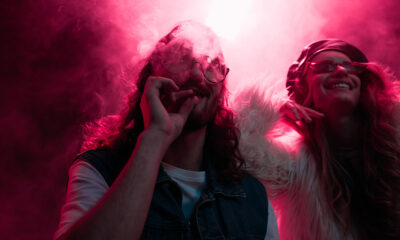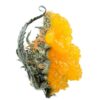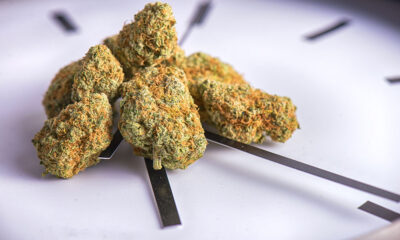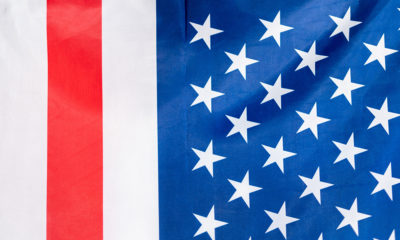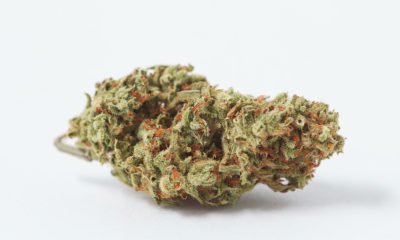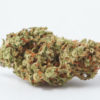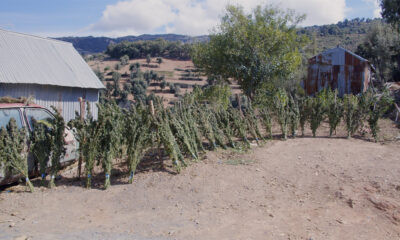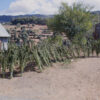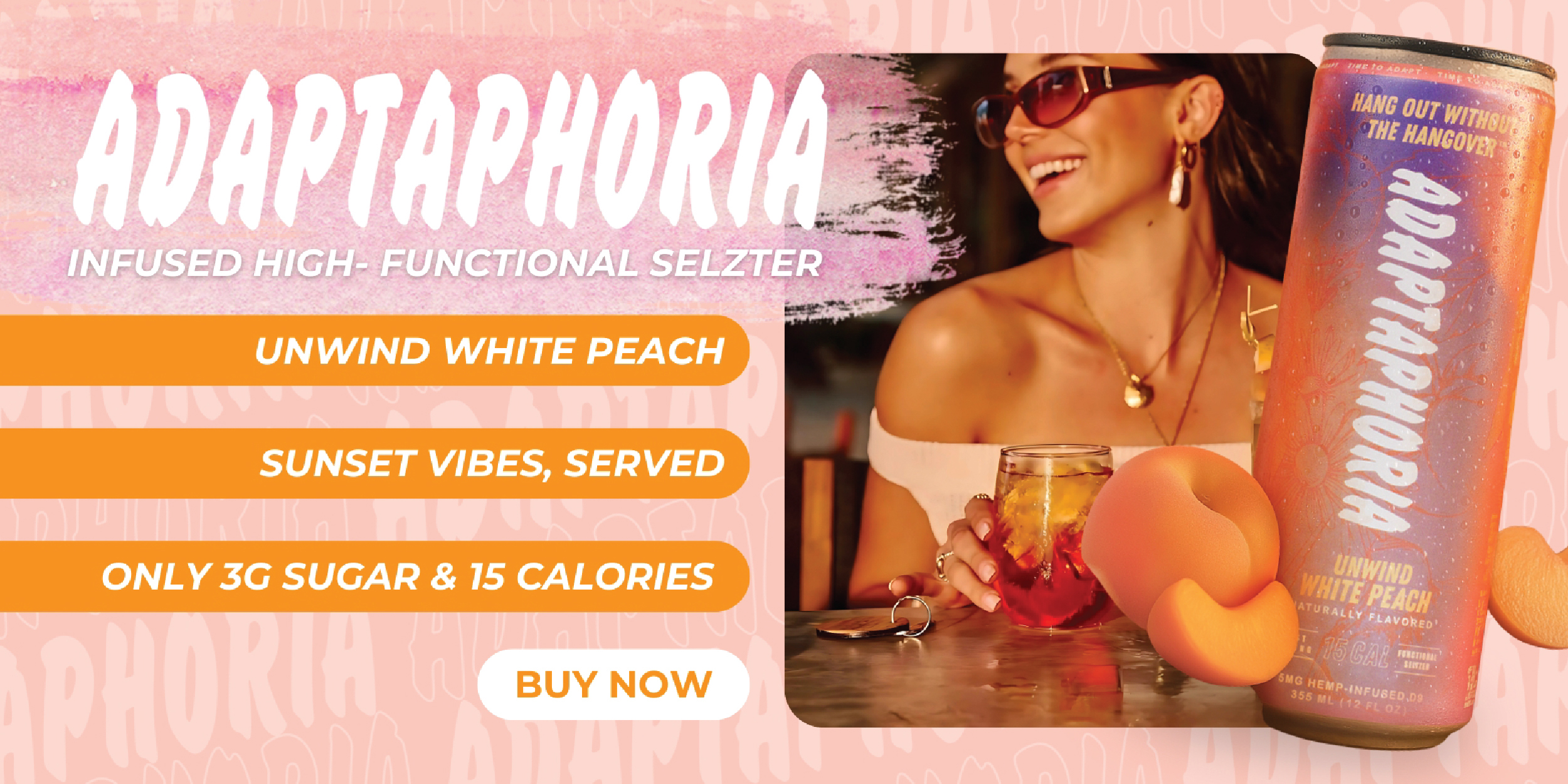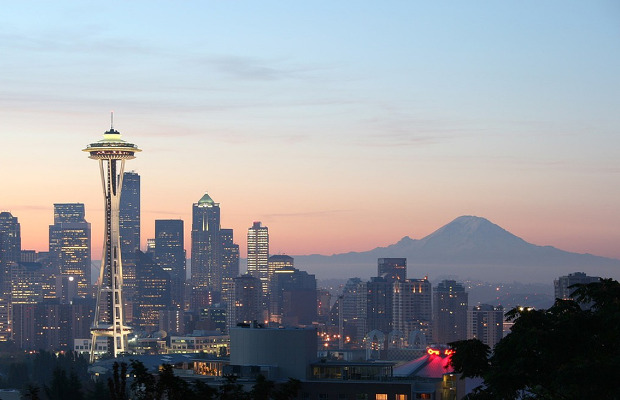
Culture
West Coast Wanderings: Seattle Through A Smoky Lens
A scattershot exploration of Seattle, Washington taken in from a vantage point as high as the Space Needle.
The battered, graffiti-burdened vending machine is a mechanical relic of the not-so-distant past — a past I briefly access through a synaptic flash of fragmented but vivid memory: a 12-year-old me at an Albuquerque roller skating rink that smells like popcorn, nacho cheese and cigarette smoke, dropping shiny quarters into a crisply polished, factory fresh Coke machine of the same design.
As my mind dials back to the present, the shiny clear plastic buttons on the machine fade to dull, scratch-cataracted shells of their former selves. Gone with the luster of the buttons are the colorful soda logos within, all replaced with deliberately misaligned, multicolored letters queerly accented by backwards question marks, all spelling out the same word — “MYSTERY.”
The relic is covered in the sort of alphabetical abuse public surfaces in cities always face — plenty of violent threats and childish vulgarity intermixed with odd bits of religious fervor and romance poetry. But it’s the original message of the machine, now obscured and faded by the erosion of time and the accumulation of filth, that carries the most ominous overtones: The letters say “Enjoy Coke;” the state of the machine seems to say “while you can.”
Or maybe that’s just the weed talking — it’s been particularly vocal on this trip.
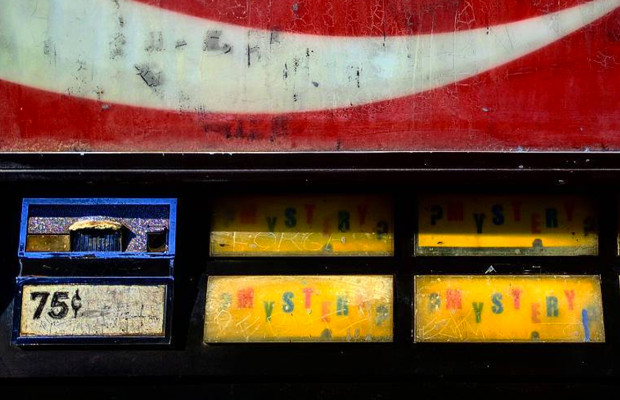
I’m in Seattle, Washington and completely exhausted from 420, which saw me wake up at dawn, miss my flight in Oakland and (after reenacting the first third of Planes Trains and Automobiles) finally arrive in Seattle just in time to attend an elaborate “joint pairing” dinner that culminated with the lighting of a 15-gram “cannagar” — a decadent amalgamation of 12 grams of premium flowers and 3 grams of rosin wrapped up in cannabis leaves.
Now I’m standing with KC Franks, co-founder and owner of Lux Pot Shop — one of the main organizers of the 420 dinner — in front of Seattle’s (almost) famous “Mystery Coke Machine.” The big mystery is “who the hell put this soda machine out on the sidewalk?” The lesser mystery is “what kind of soda will the machine give me if I feed it some quarters?”
The nearest building to the machine is a locksmith, and while the staff offers no keys to unlocking the mystery of the machine, the extension cord leading from it to their building satisfies my curiosity on that front.
Nine quarters, two grapefruit sodas and one can of root beer later, I solve the other mystery and we head back to Franks’ car, which he’s agreed to drive up to Kerry Park so I can gawk at panoramic views of Seattle and try to photograph the Space Needle through the iconic black curvature of “that statue,” which I later learn is called Changing Form — an exceptionally apt symbol for Washington State’s cannabis industry.
Seattle has long been a “boom and bust” city: It has seen shipyards turn to gold mines, then turn to homeless encampments, then back into gold mines; it has soared and crashed on the wings of aircraft manufacturing — it is a city always in the shifting grips of fickle fortune.
I think about that as Franks’ bespoke, leather-trimmed SUV carves through the mild midday traffic and he talks about the journey he took from working in broadcast news, to managing Lux (formerly Stash) as a medical dispensary, then taking the plunge into the recreational market with Lux.
Lux unofficially bills itself as “the Nordstrom of pot,” and everything from the decor to the packaging from their accepted vendors maintains that image.
Earlier in the day, after a visit to the Lux location in Ballard — the largely gentrified historical heart of Seattle’s seafaring Scandinavian community — we had smoked a stimulating Jack cross, which paired beautifully with a few dabs of some equally sativa-dominant terp sugar with “gold” somewhere in the name. At some point Franks decides I should see “the other side” of the city’s cannabis industry — which meant a visit to the Capitol Hill neighborhood, where I found the Coke machine.
When Sir Mix-A-Lot released “Posse on Broadway” in 1988, he was talking about “The Hill,” now a heavily gentrified shadow of its gritty former self. In Mix-A-Lot’s story, 23rd and Union is where “the driver broke left” towards Broadway. In mine, it’s where “the driver” dropped me off at Uncle Ike’s Medical Dispensary — the “weed circus” to Lux’s sophisticated cabaret show.
I talk to a local who calls himself “D” and says Ike’s has a complicated relationship with the corner, which once was home to the “traditional” cannabis purveyors — street dealers, including himself.
“It’s kind of [messed] up because it was mostly us out here [selling weed] on this corner before Ike’s,” he said. “Now it’s a white Jewish guy banking on those same customers.”
But now, many years from his street dealing past, D is a frequent customer at Ike’s — something he attributes to the store’s lower-than average pricing. Others on The Hill have been less forgiving, with vocal protests from traditional Black residents continuing to dog the owner of Ike’s.
A quick perusal of the store’s shelves — packed beyond capacity with every manner of cannabis product you can imagine, plus some others you never thought of, and perhaps with good reason — shows me all I need to see. I break with my personal “no preroll” policy and grab a few joints for an aimless walk through a sleepy residential neighborhood with sweeping views of the rest of the city. I take the time to decompress from my scatter-shot attempt at experiencing the city in two days and consider all I’ve seen.
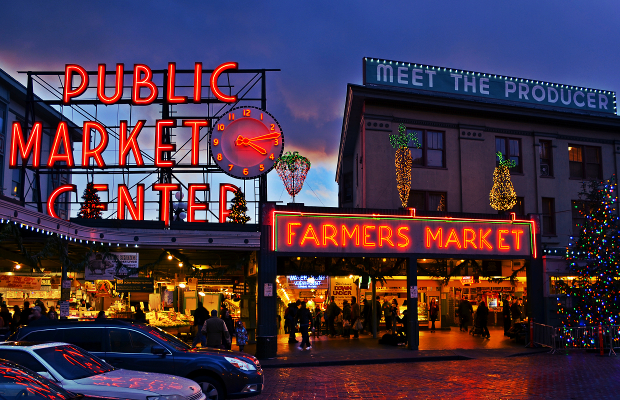
Much of the civic infrastructure visitors associate with Seattle — the Space Needle, the Monorail, the Seattle Center — was built for the Century 21 Exposition, the 1962 World’s Fair that helped revitalize the city and grow its population to roughly its current size.
Now, as Seattle prepares to enter the third decade of the actual 21st Century, its cannabis industry stands on a precipice — the only certainty about the future is that it will bring change. Will cannabis continue to be a force of gentrification, or will it find a way to enfranchise communities historically impacted by the War on Drugs? Can regulation square the circle of safe access and “public safety?” And what about that looming shadow cast by the DOJ?
But as I end my day in the same place and way I did the day before — at a quiet park with an expansive waterfront vista near Pike’s Place Public Market, breathing in joint smoke with the brine of the sea — I feel a powerful surge of optimism: From my vantage point, I can see not just Seattle, but all of Washington and the entire West Coast evolving towards a cooperative industry that enhances the opportunities for all people and creates stability without sacrificing the unique spirit of cannabis for the shackles of corporate culture.
Or maybe that’s just the weed talking.
TELL US, have you experienced Seattle’s cannabis culture?





